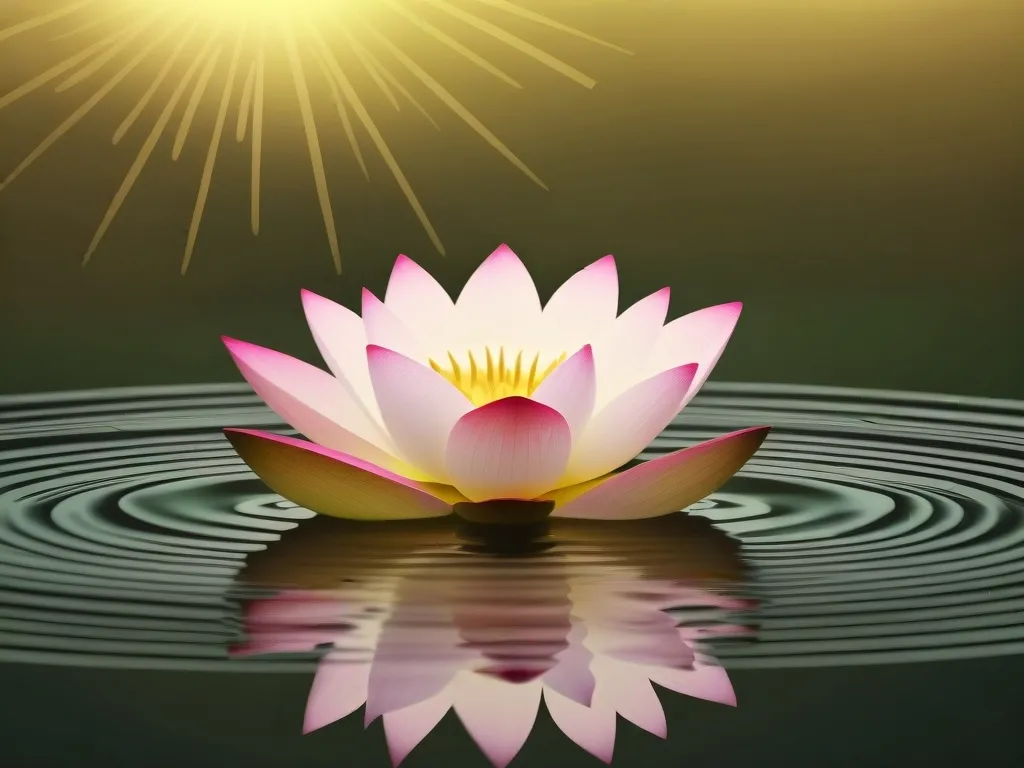In ancient Hindu texts, like the Yajur Veda, there’s a fascinating realm of rituals and invocations that focus on summoning the divine forces responsible for rainfall. These ceremonies transcend mere tradition; they immerse deeply into the spiritual and philosophical essence of Hinduism, unraveling a profound bond between nature, divinity, and human life.
Rain held an indispensable place in Vedic culture, perceived as a heavenly boon imperative for life’s sustenance. Agriculture and livestock, the backbone of ancient Indian society, were heavily reliant on it. Hence, the Yajur Veda devotes several mantras and rituals to urge the gods for ample, timely showers.
One standout deity related to rain is Lord Indra, revered as the king of gods and the deity of thunder and lightning. The Yajur Veda is packed with mantras praising Indra, beseeching his intervention to cloak the skies with nourishing rain. A notable mention is the Athirathram ritual, a 12-day fire ceremony where Vedic priests chant incessantly, inviting Indra’s grace for timely rainfall.
Another rain deity is Parjanya, whose moniker translates to “rain-bringing clouds.” Parjanya, glorified in the Rig Veda, plays an essential role in sustaining life through his showers. Invoking Parjanya during rituals was a common practice, intended to ensure fertile lands and plentiful rain.
Rituals and mantras prescribed in the Yajur Veda for invoking rains are quite intriguing. For instance, there’s a significant mantra in the Apratiratha section of the Taittiriya Samhita, part of the Krishna Yajur Veda. It employs words like Indra, Varuna, Aditya, and Marut – each symbolizing diverse divine aspects influencing rainfall. An example mantra goes, “Nikame nikame nah parjanyo varshatu phalinyo na oshadhayah pachyantam yogakshemo nah kalpatam,” which translates to “May the clouds shower us with rain, may the plants grow, and may our well-being be ensured.” These prayers are believed to summon divine forces, ensuring a bountiful harvest and a healthy environment.
Rain-invoking Vedic rituals often turned into community events. A prime example is Kathyayanivratham, performed by herdswomen (gopikas) alongside Lord Krishna. The ritual involved early morning chants, sacred baths, and communal prayers, all directed towards soliciting rain. Its success largely hinged on the participants’ collective devotion and unity.
The Vedic methodology of summoning rain intricately ties to an understanding of nature and the divine. The Bhumi Sukta from the Atharva Veda poetically underscores Earth’s role in sustaining life and the significance of honoring her. Recited during rituals meant to ensure Earth’s fertility, it calls for the rains that nurture her.
Interestingly, these age-old Vedic rituals continue to retain their relevance and practice across various Indian regions. The Athirathram ritual, for instance, still sees sporadic performances, drawing multitudes of devotees and scholars. Beyond being historical artifacts, these rituals emphasize the importance of safeguarding traditional wisdom and practices promoting harmony with nature.
The spiritual depth of these rain-invoking rituals transcends mere practicality. They echo the Hindu tenet of the interconnectedness of all existence. The Upanishads, forming a part of the Vedic literature, articulate that the world and all within are manifestations of God’s desire for companionship and joy. Thus, these rituals for rain become a medium to acknowledge and revere this divine bond.
So, the Yajur Veda and other Vedic scriptures weave a rich tapestry of rituals and invocations meant to summon divine forces ruling over rain. These centuries-old ceremonies aren’t merely reflective of Hindu spiritual and philosophical beliefs but also signify the timeless relationship between human life, nature, and divinity. Even in modern tumult, these ancient practices serve as a poignant reminder of our enduring connection to nature and the divine.






